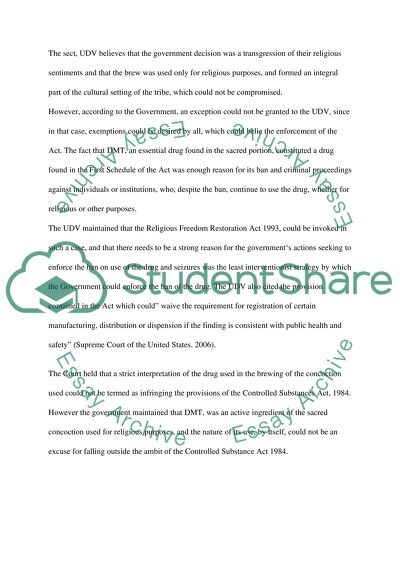Cite this document
(“Contempory Issues in Law and Society Essay Example | Topics and Well Written Essays - 1500 words”, n.d.)
Contempory Issues in Law and Society Essay Example | Topics and Well Written Essays - 1500 words. Retrieved from https://studentshare.org/miscellaneous/1543465-contempory-issues-in-law-and-society
Contempory Issues in Law and Society Essay Example | Topics and Well Written Essays - 1500 words. Retrieved from https://studentshare.org/miscellaneous/1543465-contempory-issues-in-law-and-society
(Contempory Issues in Law and Society Essay Example | Topics and Well Written Essays - 1500 Words)
Contempory Issues in Law and Society Essay Example | Topics and Well Written Essays - 1500 Words. https://studentshare.org/miscellaneous/1543465-contempory-issues-in-law-and-society.
Contempory Issues in Law and Society Essay Example | Topics and Well Written Essays - 1500 Words. https://studentshare.org/miscellaneous/1543465-contempory-issues-in-law-and-society.
“Contempory Issues in Law and Society Essay Example | Topics and Well Written Essays - 1500 Words”, n.d. https://studentshare.org/miscellaneous/1543465-contempory-issues-in-law-and-society.


